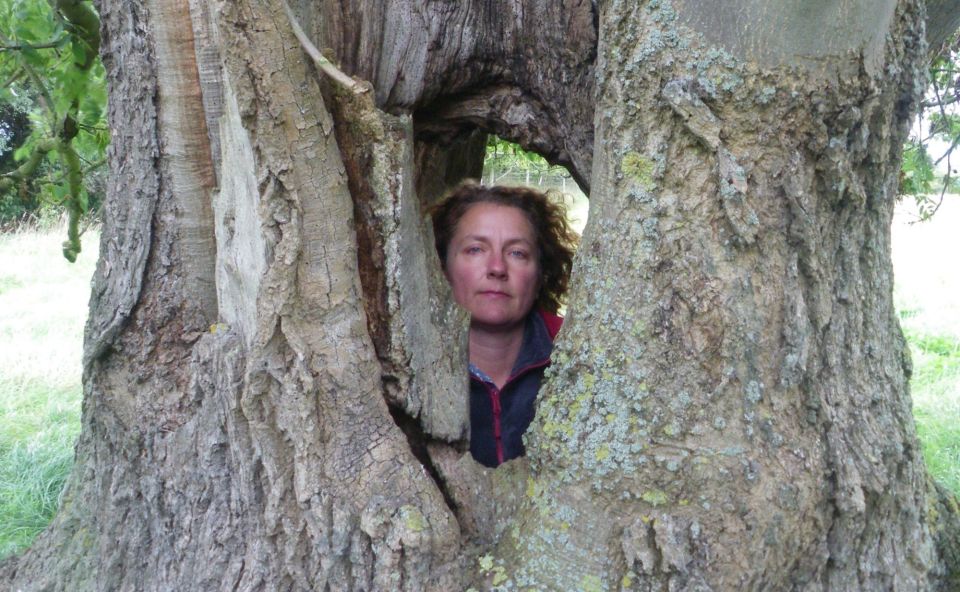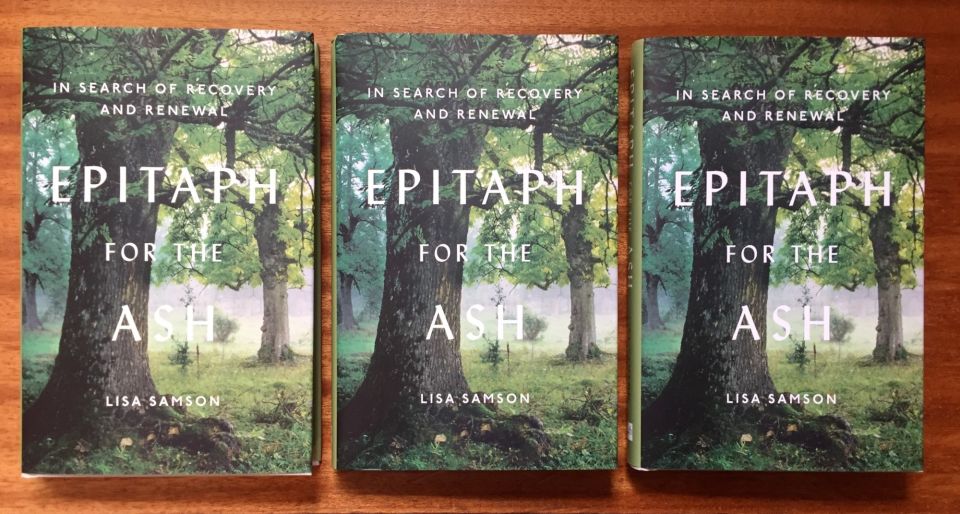Epitaph for the Ash

Detected for the first time in 2006, Ash Dieback represents a substantial threat to the ash tree’s survival. Lisa Samson’s new book ‘Epitaph for the Ash’ explores how barren our landscape could become without the ash’s familiar branches.

Inspired by her uncle who wrote the book ‘Epitaph for the Elm’, Lisa takes us on a journey to find out more about the cultural and historical significance of the ash, from the lowlands of Norfolk to northernmost reaches of the British Isles. While researching the disease, Lisa was diagnosed with a brain tumor – giving the tree’s grave prognosis a very personal resonance. As Lisa learns to walk and talk again, she urges us to enjoy and treasure what we have before it’s too late.
We had a chat with Lisa to find out more about the book, the future of the ash, and her own special bond with trees.
Can you tell us about your personal relationship with trees? What have they meant to you growing up?
Trees have always been very important to me, more than part of the landscape; in general, they live for so long that I feel that each one is a spiritual entity and, although they can’t speak, I am sure that they communicate. They often share a root bole with another tree or trees and they send messages. If a tree is distressed for some reason due to lack of food, water or light, it lets other trees know by sending a message through its roots. I often used to walk or sit under them when I was growing up and I always felt that they were watching over me.
What is the inspiration behind the book?
I wanted to do something about Ash Dieback and, since my uncle wrote ‘Epitaph for the Elm’ exactly forty years ago, it followed on that I would write ‘Epitaph for the Ash’. The way in which he travelled round the country taking photos of trees appealed to me. When he died in a car crash in 1988, I became determined to find out why he was so fascinated by them. Sadly, we do not seem to have learnt many lessons from the spread of Dutch Elm Disease.

Sadly the ash tree is facing a harsh future. Can anything be done with Ash Dieback?
Despite the fact that British ash trees have shown some resistance to the disease, whereas in Denmark 90% now have it, I have it on good authority that up to 80% of them will become infected. If this disease does not affect them, then the emerald ash borer will; it has killed most of the ash trees in North America and is making its way here in container traffic. There are reports of it in European Russia and it is inevitable that there will be examples of its destruction elsewhere in Europe.
Precautions are being taken but in reality there is little that we can do about it. Scientists are researching Ash Dieback but the future is ash trees in controlled conditions, carefully monitored like in zoos. [The fungus causing Ash Dieback is classed as a quarantine organism so any suspected sighting should be reported. You can do this via the Forestry Commission’s Tree Alert, their online reporting tool.]
Similarly to the ash, you’ve also gone through an illness. Did you feel like writing this book helped you in any way?
There’s no doubt that writing the book gave me a focus, but my family and walking in the countryside give me solace. The writing kept me busy and made me concentrate on how I was going to approach a certain task rather than being depressed because I wasn’t the way I used to be. Although there are resonances of my illness in Ash Dieback, they are not ones that I want to dwell on.
What is the key message you want to convey through this book?
The key message is that our landscape is changing, so we need to get out and enjoy what we have while we still do. There is a way forward, for the ash trees and for me, but we can’t be the same again.
Donate to Trees for Cities and together we can help cities grow into greener, cleaner and healthier places for people to live and work worldwide.
Donate